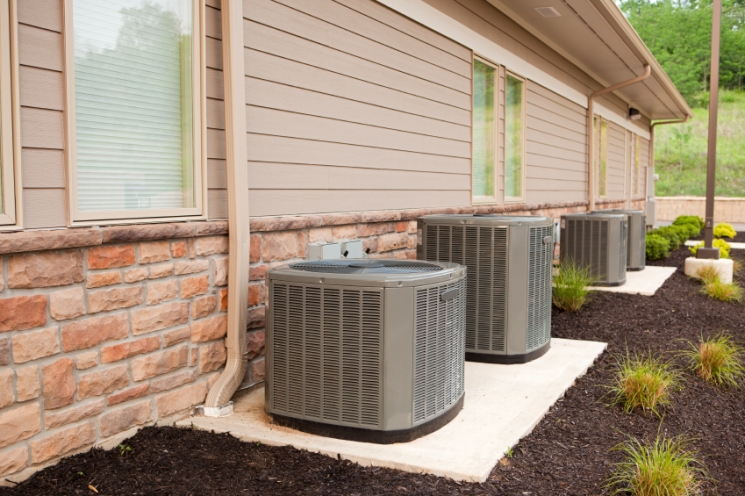Each year fire claims the lives of 3,500 Americans, injures
18,300, and causes billions of dollars worth of damage. People living in rural
areas are more than twice as likely to die in a fire than those living in
mid-sized cities or suburban areas. The misuse of wood stoves, portable space
heaters and kerosene heaters are especially common risks in rural areas.
All heating equipment needs space. Keep anything that can
burn at least three feet away. Supervise children whenever a wood stove or
space heater is being used. Have a three-foot "kid-free" zone around
open fires and space heaters.
Wood Stoves
Wood stoves cause over 4,000
residential fires every year. Carefully follow the manufacturer's installation
and maintenance instructions. Look for solid construction, such as plate steel
or cast iron metal. Check for cracks and inspect legs, hinges and door seals
for smooth joints and seams. Use only seasoned wood for fuel, not green wood,
artificial logs, or trash. In pellet stoves, burn only dry, seasoned wood
pellets. Inspect and clean your pipes and chimneys annually and check monthly
for damage or obstructions.
Electric Space Heaters
 Buy only heaters evaluated by a
nationally recognized laboratory, such as Underwriters Laboratories (UL). Check
to make sure it has a thermostat control mechanism, and will switch off
automatically if the heater falls over. Heaters are not dryers or tables; don't
dry clothes or store objects on top of your heater. Plug space heaters directly
into wall outlets and never into an extension cord or power strip. Always
unplug your electric space heater when not in use.
Buy only heaters evaluated by a
nationally recognized laboratory, such as Underwriters Laboratories (UL). Check
to make sure it has a thermostat control mechanism, and will switch off
automatically if the heater falls over. Heaters are not dryers or tables; don't
dry clothes or store objects on top of your heater. Plug space heaters directly
into wall outlets and never into an extension cord or power strip. Always
unplug your electric space heater when not in use.
Kerosene Heaters
Buy only heaters evaluated by a
nationally recognized laboratory, such as Underwriters Laboratories (UL), and
check with your local fire department on the legality of kerosene heater use in
your community. Never fill your heater with gasoline or camp stove fuel; both flare-up
easily. Only use crystal clear K-1 kerosene. When refueling, allow the
appliance to cool first and then refuel outside. Never overfill any portable
heater. Use the kerosene heater in a well ventilated room.
Fireplaces
Fireplaces regularly build up creosote
in their chimneys. They need to be cleaned out frequently and chimneys should
be inspected for obstructions and cracks to prevent deadly chimney and roof
fires. Check to make sure the damper is open before starting any fire. Never
burn trash, paper or green wood in your fireplace. These materials cause heavy
creosote buildup and are difficult to control. Use a screen heavy enough to
stop rolling logs and big enough to cover the entire opening of the fireplace
to catch flying sparks. Don't wear loose-fitting clothes near any open flame.
Make sure the fire is completely out before leaving the house or going to bed.
Allow ashes to cool before disposing of them. Place ashes in a tightly covered
metal container and keep the ash container at least 10 feet away from your home
and any other nearby buildings. Never empty the ash directly into a trash can.
Douse and saturate the ashes with water.
Finally, having a working smoke alarm
dramatically increases your chances of surviving a fire. And remember to practice
a home escape plan frequently with your family.
For more information on Home Heating Safety from FEMA, visit
http://www.usfa.fema.gov/citizens/home_fire_prev/heating/.
To find out how SERVPRO of Greater Northern Charleston responds
to a fire damage, visit http://www.servprogreaternortherncharleston.com/
- you can also visit us on Facebook at https://www.facebook.com/servproofgnc.
















.jpg)
















